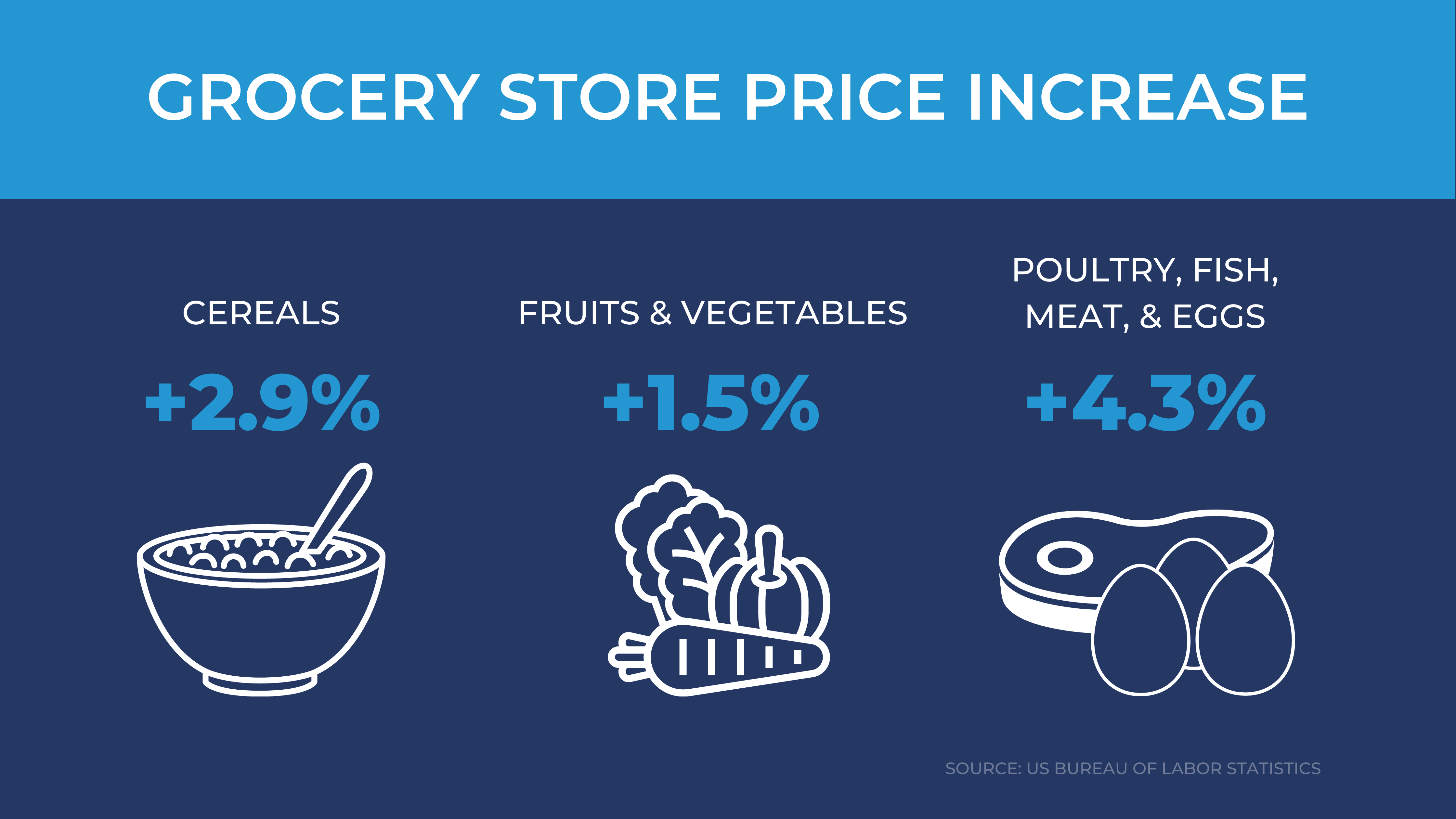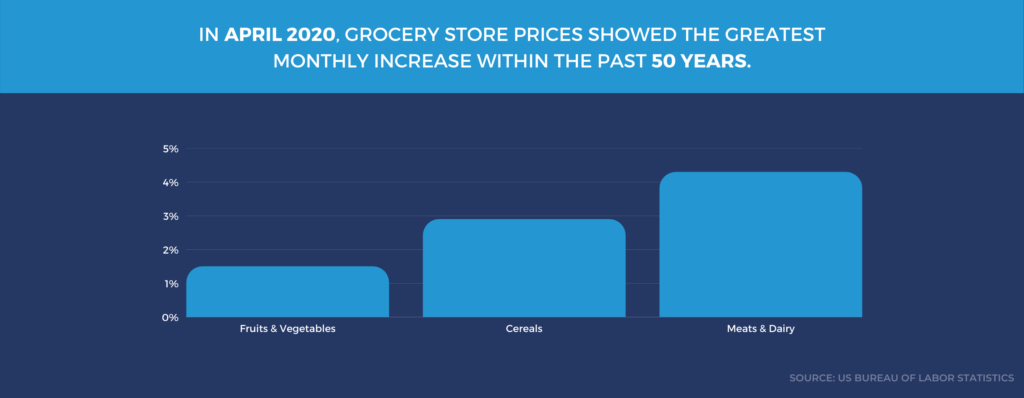
Food Insecurity in the Midst of a Pandemic

November 3, 2020
Food insecurity has always been a difficult reality for many families and seniors in the United States. For the single mom boarding public transportation with three little ones for a trip to the local food pantry, or for the senior on a fixed income forgoing a full fridge for lights and running water, COVID-19 has only widened the food access gap. Now, more than ever, seeking creative and alternative ways to impact hunger is critical.
Using a logistics infrastructure that ships to the front door of all 50 states, and an innovative food technology platform that tracks its food box deliveries and applicant locations, U.S. Hunger (Formerly Feeding Children Everywhere) is doing just that. Through our Full Cart program, and with the help of sponsors, more than 60,000 families and seniors have received food boxes in the most socially distant way—directly to their front doors.
Food Insecurity Across America
The pandemic greatly threatens the most vulnerable members of society in the United States including seniors, those suffering from chronic illnesses, and people of color. The impact of COVID-19 on food security continues to be a serious issue, as the pandemic continues to affect the lives of many. The USDA’s Economic Research Service reports that while pre-pandemic data reflected the lowest food insecurity rates since before the Great Recession, current factors caused by the pandemic like unemployment rates increasing and demand at food banks spiking essentially reverses the improvements made within the past decade.
According to The Brookings Institution, prior to the COVID-19 pandemic, 11.1 percent of United States households (37.2 million people, including more than 11 million children) in 2018 reported being food insecure. This percentage doubled due to the pandemic, with 21.9 percent of households with nonelderly adults reporting food insecurity and 22.7 percent of households reporting a lack of sufficient resources to buy food as of April 2020. As reported by Marketplace, with many pandemic-related jobs being furloughed, over 39 million people in the United States applied for benefits within the first two months of the pandemic. These millions of people are first-time applicants for these benefits, so many food banks continue to struggle with the rise in demand almost doubling for many.
As the effects of the coronavirus continue, the geographic locations in the United States—regardless of whether the food insecurity rate is low or high—before the pandemic will see higher rates of food insecurity. Certain states are also particularly vulnerable due to factors such as their economy’s reliance on industries that have been heavily impacted by the pandemic.
Rising Food Prices
Due to supply and demand pressures from the coronavirus, food price increases are at a 50-year high. The Center for Strategic and International Studies reports that in April, towards the beginning of the pandemic, grocery store prices showed the greatest monthly increase within the past 50 years. Rising food prices included prices on poultry, fish, meats, and eggs (4.3 percent increase); cereals (2.9 percent increase); and fruits and vegetables (1.5 percent increase). For example, meat plants are producing fewer products, which then causes grocery stores to reduce their supplies. And with the closure of restaurants, more families are eating at home, which increases the demand at grocery stores.

Since food banks are experiencing increased demand and accessing these resources has only become harder, there is a perfect opportunity to grow our virtual food bank program, Full Cart. For many, the gap in food access has become a gulf—particularly those who experienced food insecurity due to lack of transportation and other health or age-related mobility challenges prior to the pandemic. Full Cart helps to alleviate the uncertainties for these individuals and families all across the nation, caused by COVID-19. By delivering food directly to the front door of our most vulnerable, America’s Virtual Food Bank can help more people during these difficult times.


